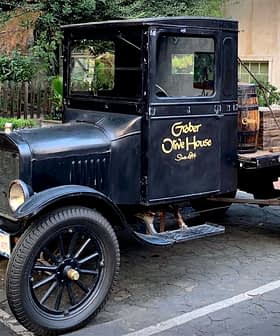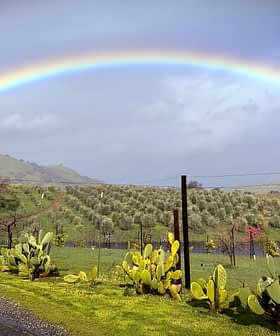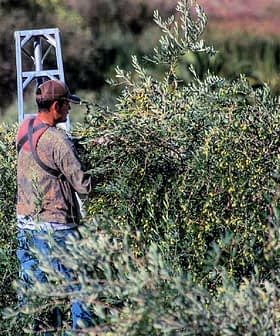California Certified: Who Made the Grade
Enforcement of olive oil quality standards remains a challenge due to lack of monitoring, with producers relying on the honor system to follow guidelines. Certification programs like the one offered by the California Olive Oil Council provide consumers with assurance of quality by requiring testing and approval before adding the COOC seal to the labeling of extra virgin olive oils.
 Enforcement of olive oil quality standards is still an elusive issue, since there isn’t a structured monitoring system for every bottle that hits the shelves. Producers are expected to follow the guidelines of the International Olive Council and the USDA, but it’s on the honor system.
Enforcement of olive oil quality standards is still an elusive issue, since there isn’t a structured monitoring system for every bottle that hits the shelves. Producers are expected to follow the guidelines of the International Olive Council and the USDA, but it’s on the honor system.
So the common concern must be addressed yet again — what will give consumers, and olive oil aficionados for that matter, assurance that the extra virgin they’ve purchased actually made the grade?
Luckily, certification programs exist like that of the California Olive Oil Council. With their new list of certified olive oils, the COOC continues to push the relevance of ‘the seal’ to both producers and consumers.
Through the COOC certification program, members are required to submit their oils to undergo a testing procedure to earn the COOC seal of approval. This seal is added to the labeling of the olive oils that make the extra virgin grade.
For producers, it all boils down to reputation and profitability. For consumers, it makes it that much easier to identify quality Californian olive oils that will benefit the taste of their cooking, as well as the health of their families.
The COOC set their criteria a notch higher than industry standards of the International Olive Council and the USDA. The testing process ensures the olive oil contains less than 0.5 percent free oleic acid (the IOC and USDA standards are set to only 0.8 percent); the olive oil cannot be extracted with chemicals or using excessive heat; and it must pass taste testing performed by a highly skilled panel of expert, certified tasters.
The COOC celebrates its 20th anniversary this year and they have listed a veritable who’s who of California olive oil with the release of their 2012 seal winners. If you are a fan of good olive oil, take a gander at the roster of freshly certified extra virgins from the Golden State. Seventeen of the producers made the list three years in a row. Integrity never tasted so good.
[qa id=“24765”]




